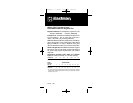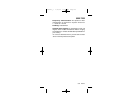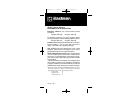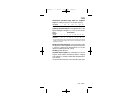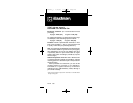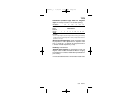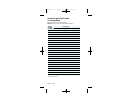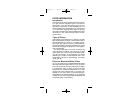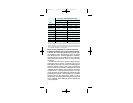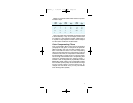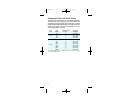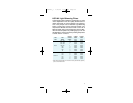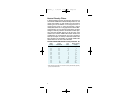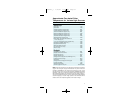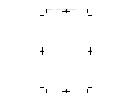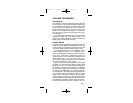
Filter Factors* for KODAK Motion Picture Films
Negative Films Reversal Films
Filter PLUS-X DOUBLE-X PLUS-X TRI-X
No. 3 1.5 1.5 1.5 1.5
No. 8 (K2) 2.0 1.5 2.0 2.0
No. 12
2.5 2.0 2.0 2.0
(Minus Blue)
No. 15 (G) 3.0 3.0 2.5 2.5
No. 21 3.5 3.0 3.0 3.0
No. 23A 5 5 5 5
No. 8N5 5 5 6 6
No. 25 8 8 10 10
No. 29 25 20 40 40
No. 96 8 8 8 8
2
*All filters absorb part of the incident radiation, so their use usually requires some
increase in exposure over that required when no filter is used. The number of
times by which an exposure must be increased for a given filter with a given mate-
rial is called the filter factor, or multiplying factor.
Filter factors published for Kodak products by
Kodak are intended only as approximate guides.
Published filter factors apply strictly to the particular light-
ing conditions used in the laboratory where the factors
w e re determined. For scientific applications, especially,
the quality of light can vary widely so that it may be desir-
able to determine the filter factor for actual working
conditions.
To determine a filter factor, choose a subject having a
neutral-gray area, or place an 18 - p e rcent gray card or a
photographic gray scale in the scene to be photographed.
Make one exposure without a fil t e r. Then, with the fil t e r
w h e re it will be for the exposure, and beginning with the
u n fil t e red exposure setting, make a series of exposure s .
I n c rease each in
1
⁄2-stop increments through a 2- to 4-stop
g reater exposure (very dense filters may need more). After
p rocessing the negative, match densities of the unfil t e re d
e x p o s u re with the filter series either visually or with a
d e n s i t o m e t e r. Choose the fil t e red exposure that is closest
to the unfil t e red. Some additional exposure adjustments
may be necessary.
033text_c 1/16/02 11:07 AM Page 52



